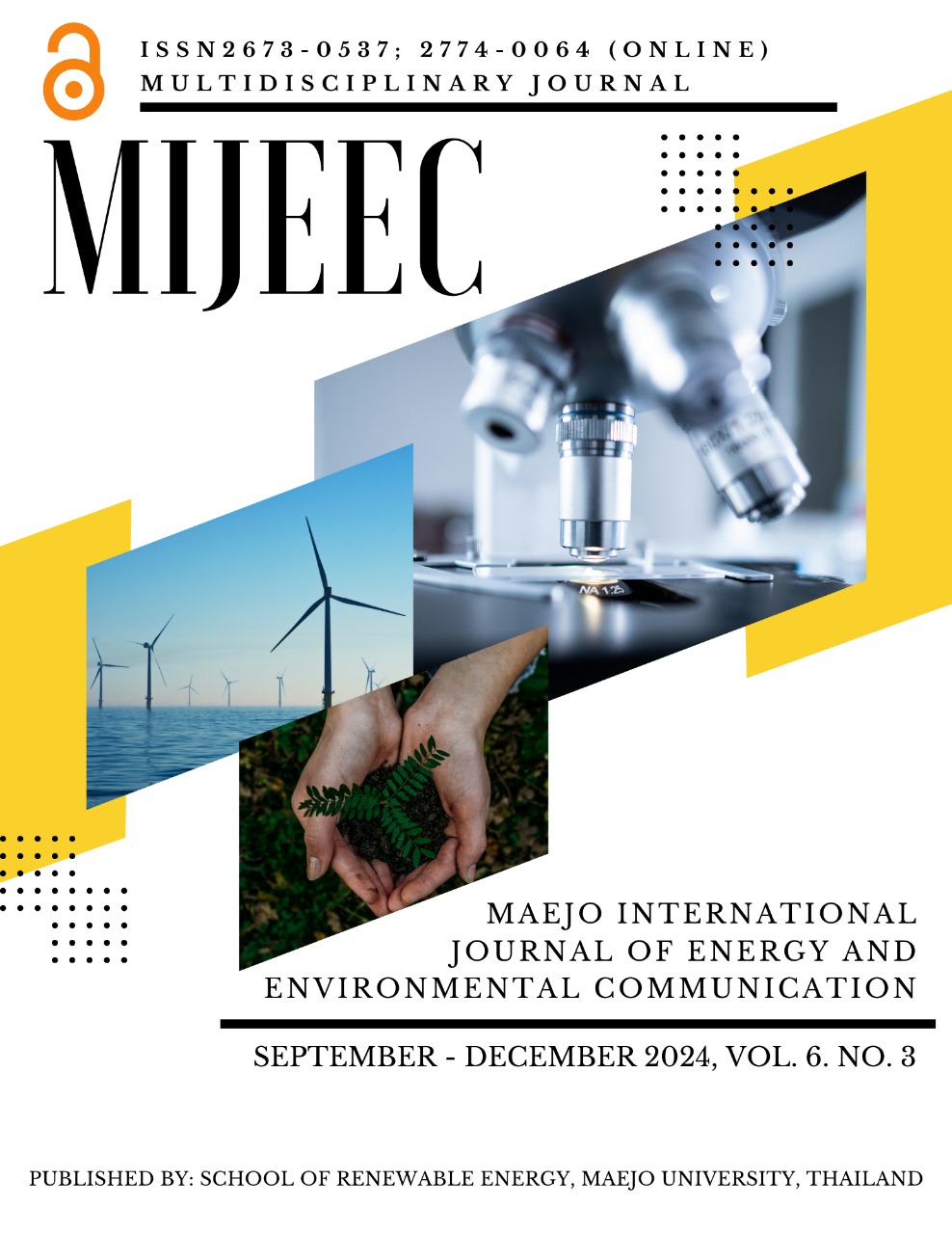Brassinosteroid-enhanced phytoremediation for a sustainable strategy for mitigating vanadium contamination in agricultural soils
Main Article Content
Abstract
Vanadium (V) contamination in soils, primarily from mining, industrial activities, and fossil fuel combustion, poses a significant ecological threat to plants, animals, and humans. While vanadium is an essential trace element in biological systems, excessive accumulation disrupts plant physiological processes, leading to oxidative stress, impaired growth, and reduced crop productivity. Brassinosteroids (BRs), a class of plant steroid hormones, have emerged as promising agents for mitigating heavy metal toxicity. This study explores the role of BRs, particularly 28-homobrassinolide (HBL) and 24- epibrassinolide (EBL), in alleviating vanadium stress in plants. BRs enhance plant tolerance by modulating antioxidant defense mechanisms, regulating metal uptake, and activating stress-related signaling pathways such as MAPK and NADPH oxidase pathways. Additionally, BRs stimulate the production of reactive oxygen species (ROS) at controlled levels, inducing stress-adaptive responses while preventing oxidative damage. This review discusses vanadium speciation, soil contamination levels, plant uptake mechanisms, and the potential of BRs in assisted phytoremediation strategies. Understanding the molecular and physiological interactions between BRs and vanadium toxicity will provide insights into developing sustainable agricultural practices for improving crop resilience in contaminated environments.
Article Details

This work is licensed under a Creative Commons Attribution-NonCommercial-NoDerivatives 4.0 International License.
Copyright © 2019 MIJEEC - Maejo International Journal of Energy and Environmental Communication, All rights reserved. This is an open-access article distributed under the terms of the Creative Commons Attribution-NonCommercial- Attribution 4.0 International (CC BY 4.0) License






